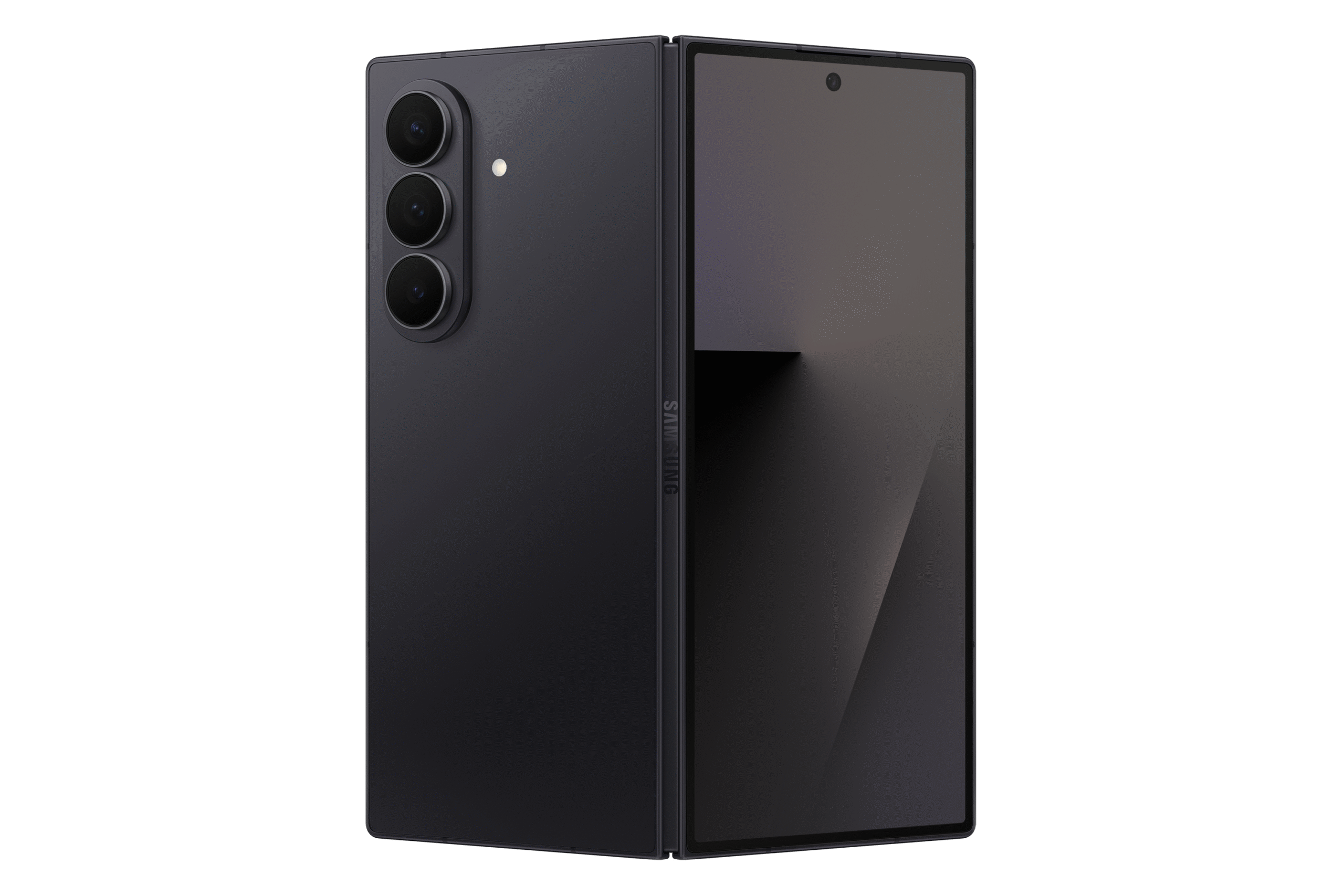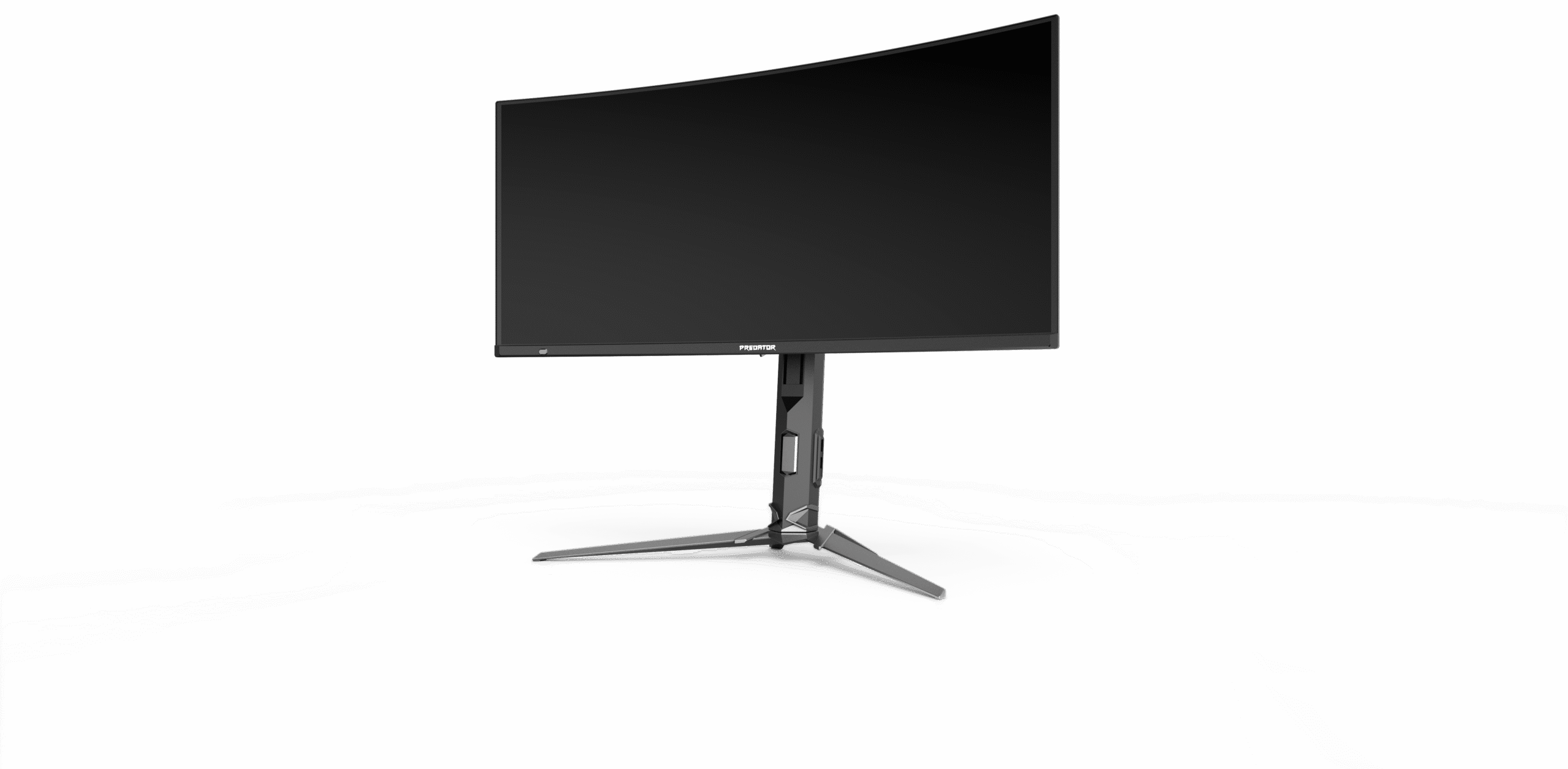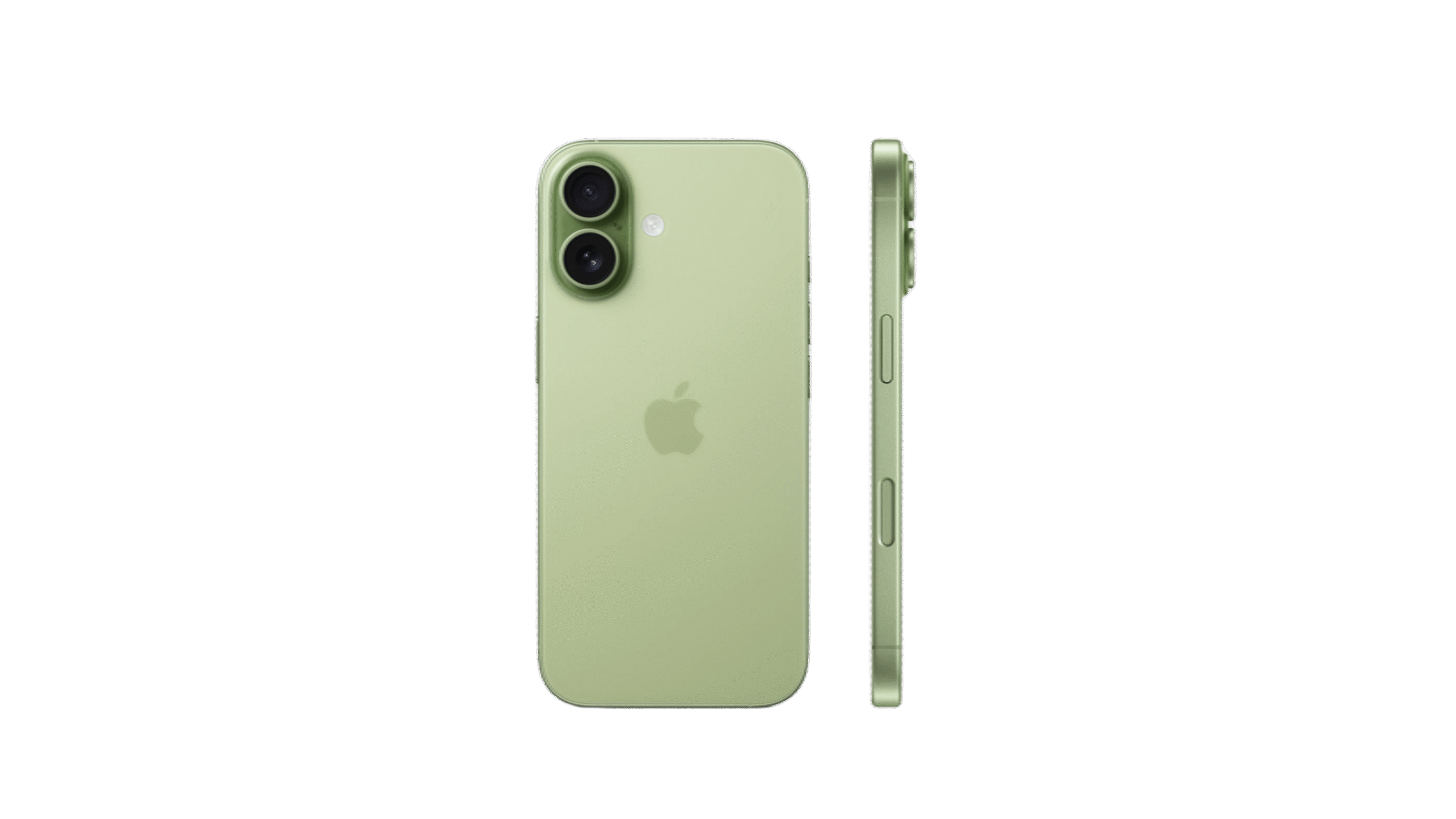For the better part of a decade, the smartphone race was about creating a single device that could do everything for everyone. The “pro” or “ultra” model was simply the one with more power, a better screen, and more cameras. With the launch of the Samsung Galaxy Z Fold 7, that era is officially over. The new goal isn’t to build one phone for all, but to build the perfect phone for a specific type of user, and Samsung’s latest foldable is the most compelling evidence yet of this industry-wide shift.
The age of the “everything phone” has given way to the age of the “something specific” phone.
Case Study: The Galaxy Z Fold 7’s Identity Shift
For years, the Samsung Fold series was the undisputed champion of the “everything phone” philosophy. It was a phone, a tablet, and a productivity notebook all in one, symbolized by its integrated S Pen. It was built for the power user who refused to compromise.
The newly released Z Fold 7 deliberately abandons this identity.
By removing the integrated S Pen to make room for a 200MP camera and a thinner chassis, Samsung made a conscious choice. They sacrificed the “do-everything” capability for excellence in a specific area: creating a premium, pocketable, and camera-focused device for the mainstream luxury consumer. They analyzed the foldable phone market and decided that the future wasn’t in catering to a small group of power users, but in appealing to the much larger audience that prioritizes photography and design. The Z Fold 7 is no longer trying to be the best for everyone; it’s trying to be the best camera-focused foldable.
The Bigger Trend: A Market of Specialists
This isn’t happening in a vacuum. Look across the hypothetical landscape of late 2025 flagships:
- Google’s Pixel 10 Series: Reports suggest Google is doubling down on its “AI-first” identity. The focus isn’t on having the most megapixels, but on software features that can’t be replicated, like real-time translation and AI-powered call screening. It’s a phone built for the software enthusiast.
- Apple’s iPhone 17 Lineup: The distinction between the “Pro” and “Pro Max” is no longer just size. Leaks point to the Pro model being optimized for professional videographers with specific ProRes features, while the Pro Max focuses on still photography with advanced sensor technology. They are targeting different types of creators.
Why Is This Happening Now?
The smartphone market is saturated. The baseline for a “good enough” phone is incredibly high, so premium flagships can no longer justify their price with simple spec bumps. To command a price over $1,500, a device needs a clear, compelling identity and a reason to exist for a specific user.
Companies are realizing it’s more profitable to capture 100% of a specific niche (the photographer, the gamer, the business professional) than to try and capture 10% of everyone.
What This Means For You
Choosing a new smartphone is no longer about finding the one with the longest spec sheet. The Z Fold 7’s launch confirms that the most important question a consumer can ask is: “What kind of user am I?”
The “best” phone is no longer a universal title. In 2025, the best phone is the one that specializes in the things you care about most.





Leave a Reply